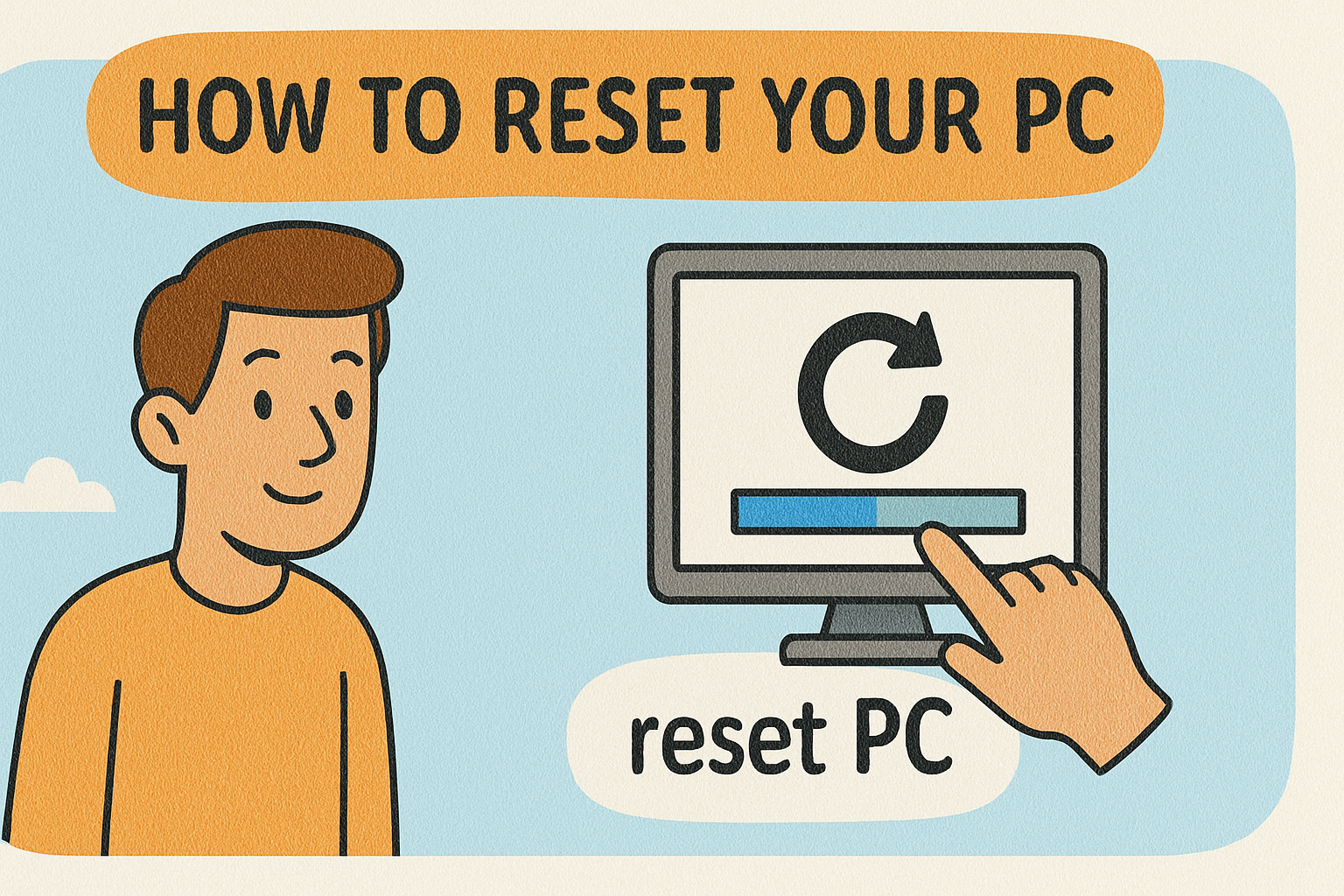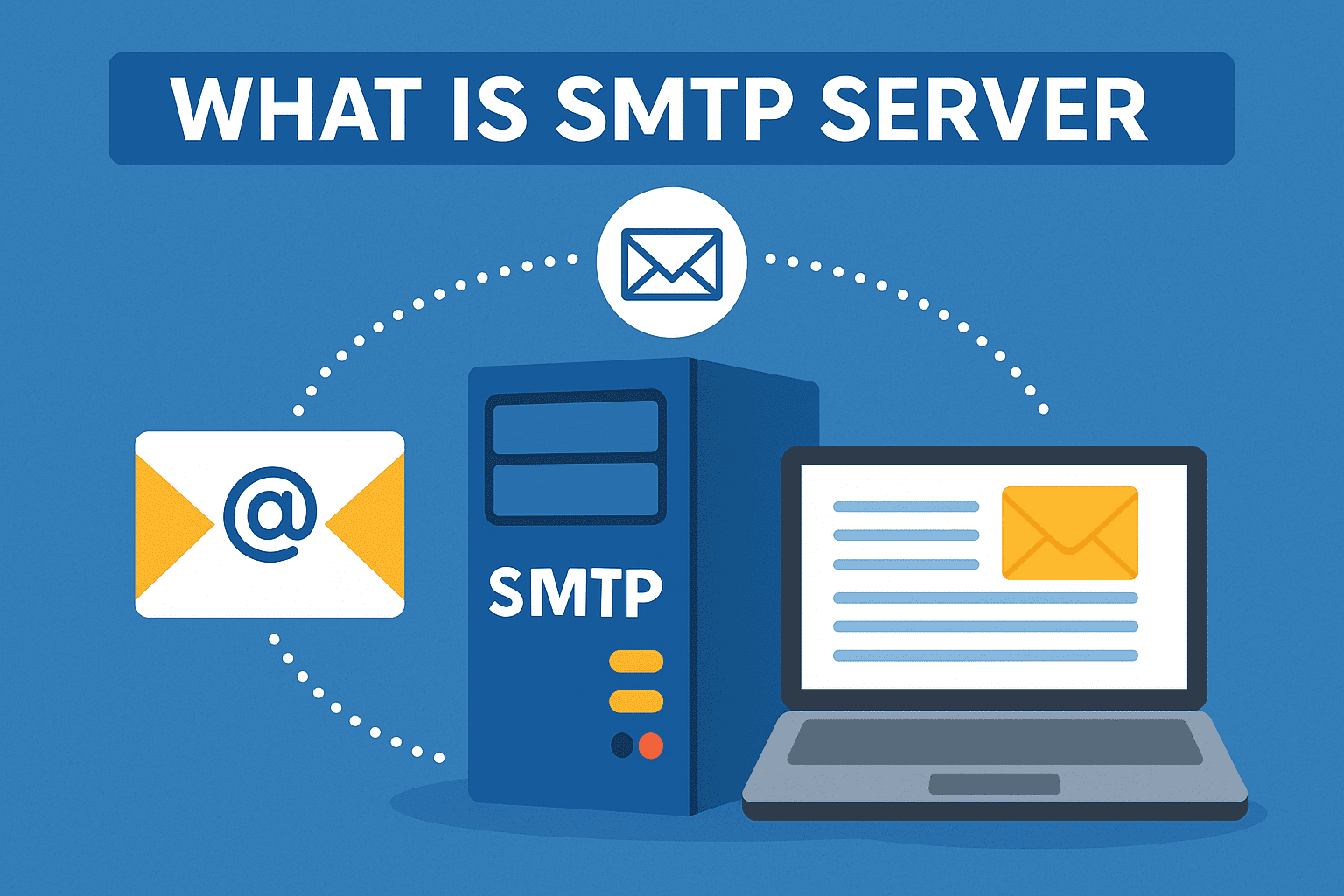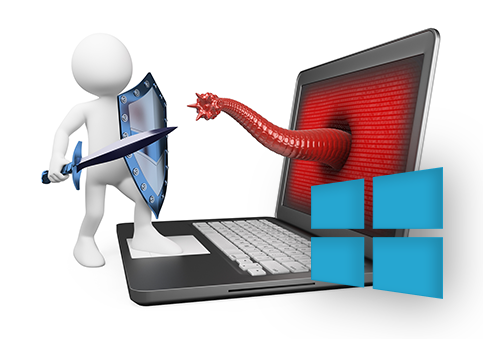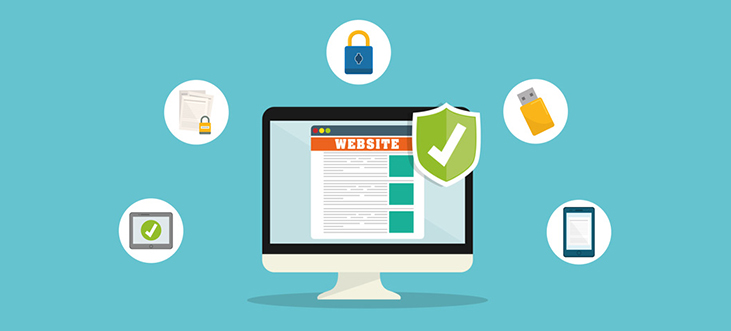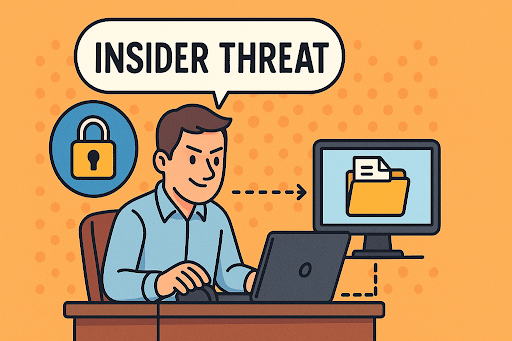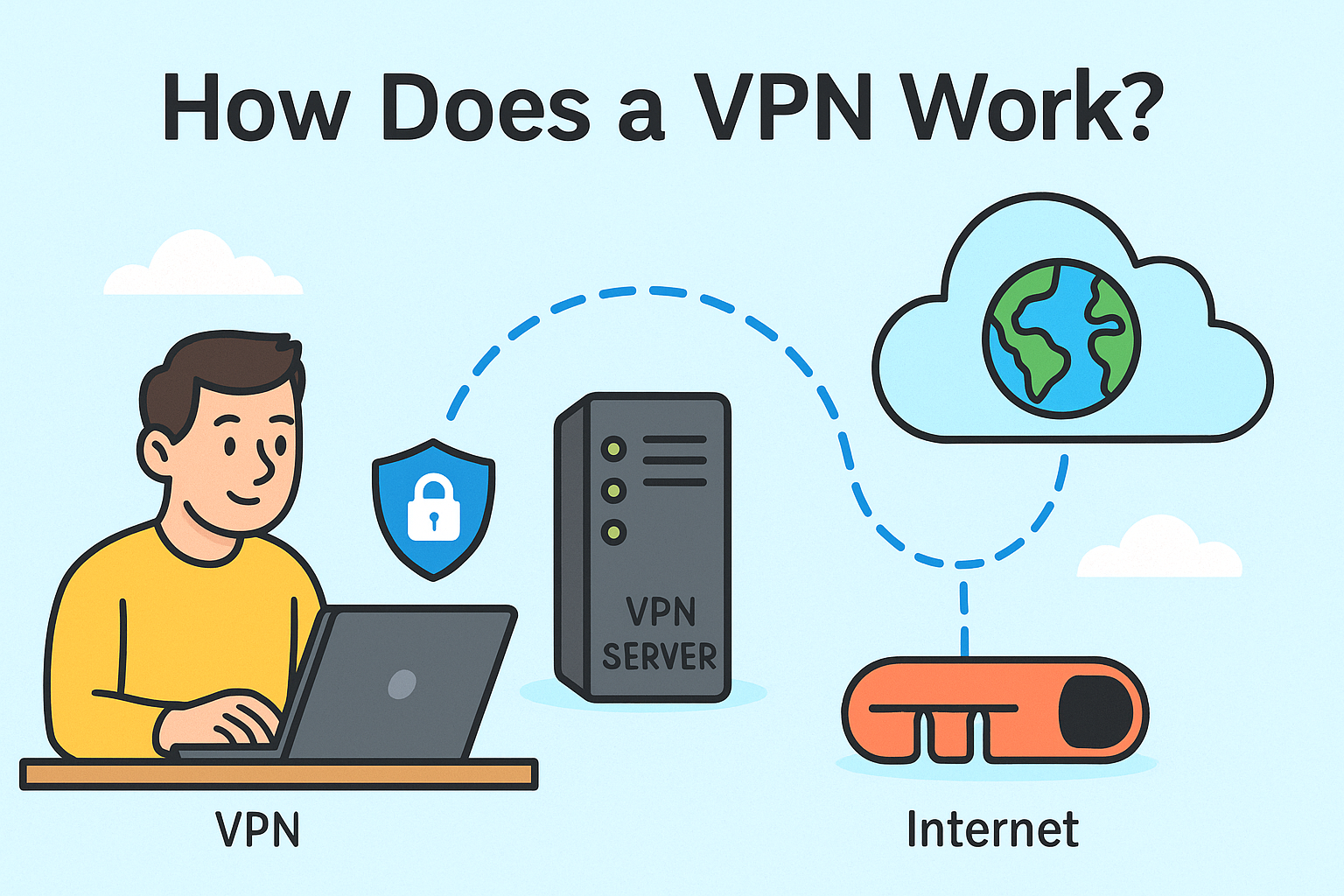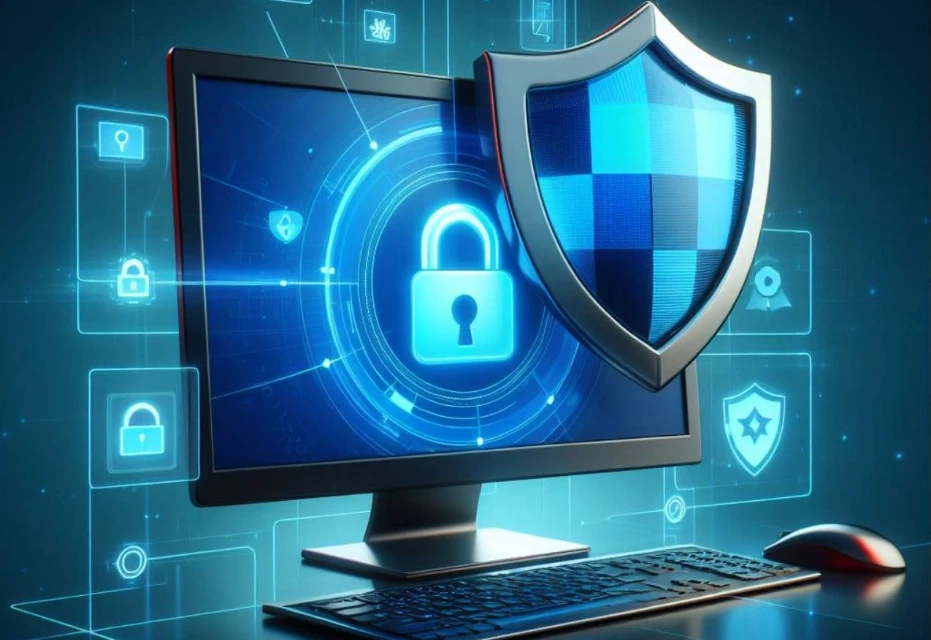What is Telehealth? A Complete Guide for Business and Security Leaders
Updated on August 22, 2025, by Xcitium
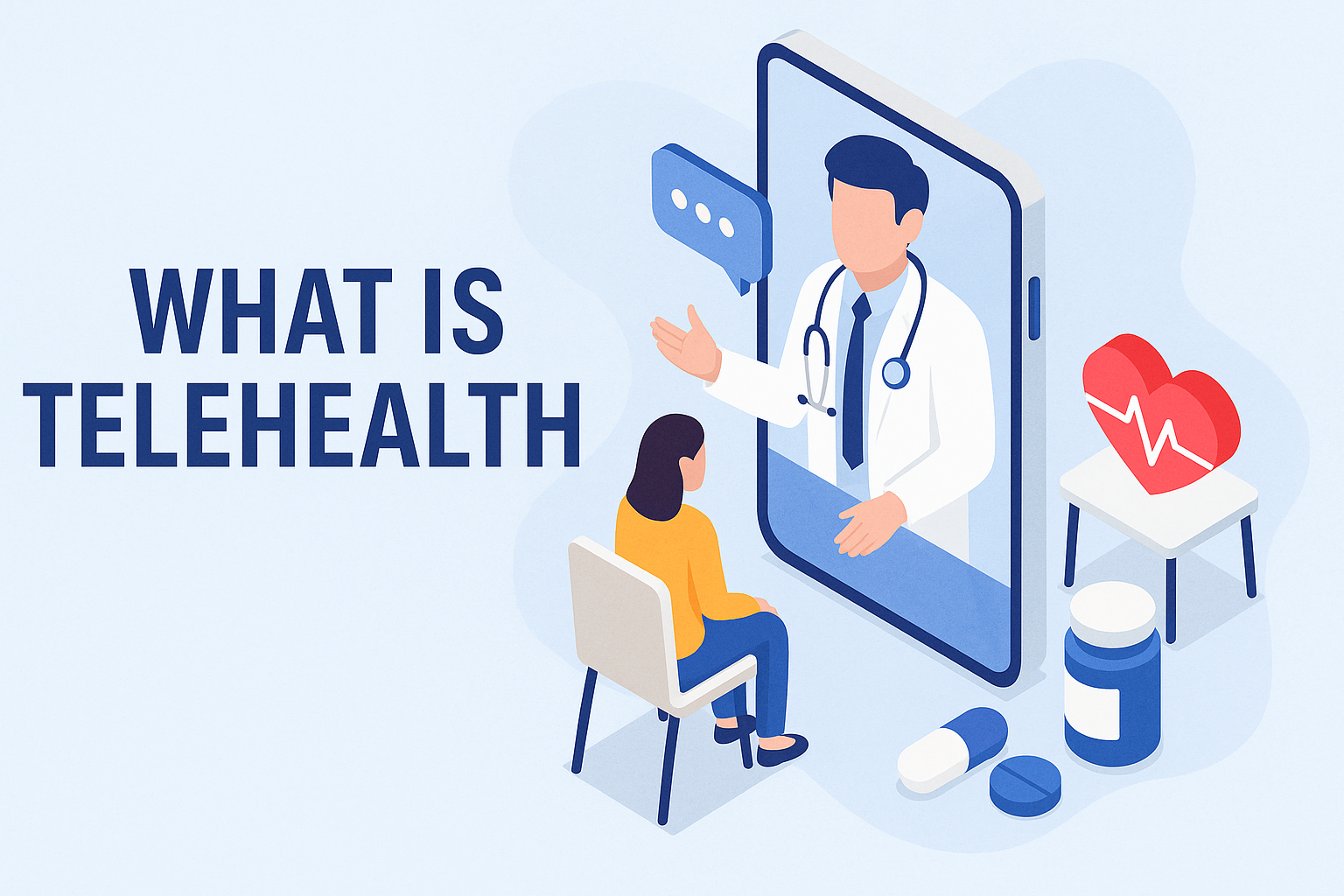
Healthcare is rapidly transforming, and one question is on many executives’ minds: what is telehealth, and how does it affect patient care and business security?
Telehealth refers to the use of digital technologies to deliver healthcare services remotely. Whether through video calls, remote monitoring devices, or secure apps, telehealth has become a mainstream medical solution. According to McKinsey, telehealth utilization in the U.S. surged by 38 times during the COVID-19 pandemic compared to pre-2020 levels.
For IT managers, CEOs, and cybersecurity professionals, telehealth introduces both opportunities and risks. This article explores what telehealth is, how it works, its advantages, challenges, and security implications.
What is Telehealth?
Telehealth is the practice of using digital communication technologies to provide healthcare services, patient education, and clinical support remotely. Unlike traditional in-person visits, telehealth enables virtual interactions between patients and providers.
Key Characteristics of Telehealth:
- Uses video conferencing, secure messaging, and remote monitoring devices.
- Provides care for chronic disease management, mental health, and preventive care.
- Offers both synchronous (real-time) and asynchronous (store-and-forward) communication.
- Expands access to care regardless of location.
✅ In simple terms, telehealth brings the doctor’s office into the patient’s home.
Telehealth vs. Telemedicine: Is There a Difference?
While often used interchangeably, telehealth and telemedicine differ slightly.
- Telemedicine: Narrower focus—remote clinical services (diagnosis, treatment).
- Telehealth: Broader—includes non-clinical services like training, education, and public health.
For executives, telehealth represents a comprehensive digital healthcare ecosystem.
How Does Telehealth Work?
Understanding what is telehealth also means knowing the technologies behind it.
Core Components:
- Video Consultations – Real-time video calls between doctors and patients.
- Remote Patient Monitoring (RPM) – Devices like blood pressure cuffs transmit data to providers.
- Mobile Health Apps (mHealth) – Apps help track fitness, symptoms, or medication adherence.
- Secure Messaging & Portals – Encrypted chats and portals for sharing lab results or prescriptions.
Example Workflow:
- Patient books an appointment through a telehealth app.
- Provider conducts a secure video consultation.
- Diagnostic data is collected through connected devices.
- Patient receives follow-up instructions or e-prescriptions digitally.
Benefits of Telehealth for Businesses and Patients
When leaders ask what is telehealth good for, the advantages are clear:
For Patients:
- Convenience: No travel required, accessible 24/7.
- Accessibility: Helps rural or mobility-limited patients access care.
- Lower Costs: Reduces transportation and missed work expenses.
For Providers & Businesses:
- Efficiency: Providers can see more patients in less time.
- Scalability: Expands healthcare networks without new physical locations.
- Data-Driven Care: Remote monitoring offers continuous insights.
- Revenue Growth: Enables subscription or telehealth service models.
Cybersecurity Concerns in Telehealth
While telehealth improves access to care, it also raises serious cybersecurity risks.
Security Challenges:
- HIPAA Compliance – Providers must secure patient health information (PHI).
- Device Vulnerabilities – IoT-enabled medical devices can be exploited.
- Phishing Attacks – Cybercriminals target patients and providers with fake telehealth emails.
- Weak Authentication – Poor login security risks exposing sensitive records.
- Data Breaches – Healthcare is the #1 targeted industry, with average breach costs of $10.93 million (IBM, 2023).
✅ For IT managers, telehealth is not just a healthcare issue—it’s a cybersecurity priority.
Best Practices to Secure Telehealth Systems
Technical Safeguards:
- End-to-End Encryption: Secure all video calls and messages.
- Multi-Factor Authentication (MFA): Protect logins with layered security.
- Regular Patching: Keep apps, devices, and servers updated.
- Secure Cloud Platforms: Use HIPAA-compliant hosting solutions.
Organizational Safeguards:
- Employee Training: Teach staff to detect phishing and fraud.
- Incident Response Plans: Prepare for breaches or ransomware attacks.
- Vendor Risk Management: Evaluate third-party telehealth software providers.
Patient Safety Practices:
- Encourage patients to use trusted apps.
- Educate users on securing their home networks.
- Promote strong password hygiene.
Compliance Considerations
For executives and IT managers, knowing what is telehealth also means ensuring compliance.
- HIPAA (US): Protects patient health information.
- GDPR (EU): Regulates personal data protection.
- HITECH Act: Strengthens healthcare data privacy requirements.
Failing compliance can result in multi-million-dollar fines and reputational damage.
The Future of Telehealth
Telehealth is evolving rapidly, driven by technology and patient demand.
Key Trends:
- AI & Telehealth – Predictive analytics for diagnoses and patient monitoring.
- 5G Networks – Faster, high-quality video consultations.
- Wearables & IoT – Advanced real-time health tracking.
- Blockchain – Securing medical data exchanges.
- Global Expansion – Breaking barriers for international healthcare delivery.
For CEOs, telehealth is not just about medical care—it’s a strategic growth opportunity.
Industry Use Cases
- Healthcare Providers: Expand care access for rural patients.
- Pharmaceutical Companies: Conduct remote clinical trials.
- Insurance Companies: Offer telehealth consultations as part of policies.
- Corporate Wellness Programs: Provide employees with virtual health check-ins.
FAQ: What is Telehealth?
Q1: What is telehealth in simple terms?
Telehealth is healthcare delivered digitally—via video calls, apps, or remote monitoring.
Q2: Is telehealth secure?
Yes, if providers use encrypted platforms, strong authentication, and compliance frameworks.
Q3: What’s the difference between telehealth and telemedicine?
Telemedicine is clinical care; telehealth also covers education, training, and wellness.
Q4: Can telehealth replace in-person visits?
Not entirely. It works best for follow-ups, chronic condition management, and non-emergency care.
Q5: Who benefits most from telehealth?
Patients in rural areas, busy professionals, and organizations seeking cost-efficient healthcare delivery.
Conclusion: Telehealth as a Digital Healthcare Revolution
So, what is telehealth? It’s the digital delivery of healthcare services—a model that improves accessibility, efficiency, and scalability while raising new cybersecurity challenges.
For IT managers, telehealth means implementing secure systems and compliance measures. For cybersecurity leaders, it means protecting PHI from breaches. And for CEOs, it’s an opportunity to expand services, cut costs, and innovate in healthcare.
👉 Ready to protect your telehealth systems from cyber risks? Request a demo with Xcitium today and safeguard your healthcare business with enterprise-grade security.





